Hot Isostatic Pressing: The Hidden Technology Behind Stronger, Safer, and Smarter Manufacturing
In advanced manufacturing, quality and reliability are everything. Whether the component is a turbine blade powering an aircraft engine, a titanium hip implant supporting a patient’s mobility, or a 3D-printed part for a spacecraft, the margin for error is razor thin. One technology that plays a crucial role in ensuring these components meet the highest standards is Hot Isostatic Pressing (HIP).
HIP is a post-processing technique that combines high heat with uniform gas pressure to eliminate internal voids, increase material density, and improve overall mechanical properties. Though the process may sound highly specialized, its influence stretches across multiple industries and applications.
What Is Hot Isostatic Pressing (HIP)?
Hot Isostatic Pressing is a manufacturing process that applies extremely high temperatures (often above 1,000°C) and isostatic gas pressure (up to 2,000 bar, typically using argon) to materials in a pressure vessel. The “isostatic” aspect means the pressure is applied equally from all directions, ensuring uniform treatment of the component.
The primary purpose of HIP is to eliminate porosity—tiny voids or gaps within the material structure that can compromise strength and durability. By forcing the material to densify, HIP improves properties such as:
- Fatigue resistance
- Fracture toughness
- Creep resistance
- Overall structural integrity
The result is a component that approaches “theoretical density,” meaning it is nearly free of internal defects.
How HIP Works: The Science Behind the Process
The HIP cycle generally follows three stages:
- Heating – The part is placed in a sealed pressure vessel and heated to the appropriate temperature for the material, usually between 900°C and 1,250°C.
- Pressurization – Inert gas (commonly argon) is introduced, applying uniform pressure from all sides. This forces the material’s internal voids to collapse and heal.
- Cooling – The vessel is cooled under controlled conditions to retain the improved properties without introducing thermal stress.
This process is highly controlled and can be tailored to specific materials and applications. For example, metals, ceramics, and even composite materials can undergo HIP treatment with different cycle times and temperatures.
Key Uses of HIP
1. Densification of Metals and Ceramics
HIP eliminates microscopic pores left behind from casting or sintering processes. This densification is critical for components where even the smallest flaw can lead to premature failure, such as high-performance engine parts or precision medical devices.
2. Additive Manufacturing (3D Printing) Post-Processing
One of the fastest-growing uses of HIP is in metal additive manufacturing (AM). While 3D printing allows for incredible design freedom, the layer-by-layer process often leaves parts with internal voids. HIP closes those voids, ensuring parts meet strict industry standards for fatigue life and reliability. Aerospace, defense, and medical industries particularly depend on this application.
3. Powder Metallurgy Consolidation
Powder metallurgy produces components from metal powders, but achieving full density can be challenging. HIP consolidates these powders into fully dense, high-performance materials. This is especially important for superalloys, tungsten carbides, and high-strength steels.
4. Casting Improvement
Even with advanced casting methods, shrinkage porosity is often unavoidable. HIP removes these flaws, dramatically increasing the lifespan and strength of cast parts. This process is widely used for turbine blades and structural components where reliability is critical.
5. Diffusion Bonding
HIP can also be used for joining dissimilar materials without melting them. Known as diffusion bonding, this application allows manufacturers to combine metals, ceramics, or composites into a single structure, enabling complex designs and new material combinations.
Industries That Rely on HIP
Aerospace and Defense
Few industries demand as much from their materials as aerospace. Components must withstand extreme temperatures, pressure changes, and constant fatigue cycles. HIP ensures that turbine blades, structural elements, and 3D-printed aerospace parts meet the highest safety and performance standards. Defense applications also rely on HIP for missile systems, propulsion components, and armor systems.
Medical and Dental
In the medical field, reliability translates directly to patient safety. Orthopedic implants (hips, knees, and spinal devices) and dental implants are frequently manufactured with HIP to improve strength and biocompatibility. The process also helps in additive manufacturing of custom implants, where consistency is essential for long-term success.
Automotive and Motorsports
Automotive manufacturers, particularly those focused on performance and motorsports, use HIP to improve the reliability of engine parts, transmission gears, and turbochargers. By removing porosity, HIP-treated parts last longer and perform more consistently under stress.
Power Generation and Energy
From nuclear power plants to oil and gas drilling equipment, HIP plays a vital role in producing components that must withstand high pressures, corrosive environments, and long service lives. Heat exchangers, valves, and turbine components often undergo HIP to guarantee reliability.
Tooling and Industrial Manufacturing
Cutting tools, molds, and dies benefit from HIP because it produces denser, tougher materials such as tungsten carbide. This results in longer tool life, improved performance, and reduced downtime for manufacturers.
Emerging Applications
With the rise of additive manufacturing, HIP is expanding into industries such as consumer electronics, space exploration, and renewable energy. The technology’s ability to make 3D-printed parts more reliable is opening doors for lightweight, high-performance designs previously considered impossible.
Benefits of HIP in Manufacturing
- Improved Mechanical Properties – Enhanced fatigue strength, creep resistance, and toughness.
- Increased Reliability – Near elimination of defects ensures critical parts perform as intended.
- Design Flexibility – Supports complex geometries, especially in additive manufacturing.
- Extended Component Life – Parts last longer, reducing maintenance costs and downtime.
- Material Versatility – Works on metals, ceramics, composites, and hybrid materials.
The Future of HIP
As industries demand lighter, stronger, and more complex components, the role of HIP will continue to expand. Its synergy with additive manufacturing is particularly significant, since 3D printing is rapidly moving from prototyping into full-scale production. HIP will remain essential for ensuring these parts meet strict regulatory and performance requirements.
Additionally, advances in HIP technology, such as faster cycle times and energy-efficient systems, are making the process more cost-effective. This is broadening access to industries beyond aerospace and medical, driving innovation in consumer goods, green energy, and beyond.
Conclusion
Hot Isostatic Pressing may not be widely known outside of technical circles, but its impact is felt across nearly every advanced industry. By eliminating porosity, strengthening materials, and improving performance, HIP allows manufacturers to push the boundaries of what’s possible.
From the aerospace turbine blades that power global travel, to the titanium implants that restore mobility, to the 3D-printed parts driving the future of design—HIP is the silent partner ensuring safety, reliability, and longevity. As technology advances, HIP will remain an indispensable tool in the pursuit of stronger, smarter, and more sustainable products.
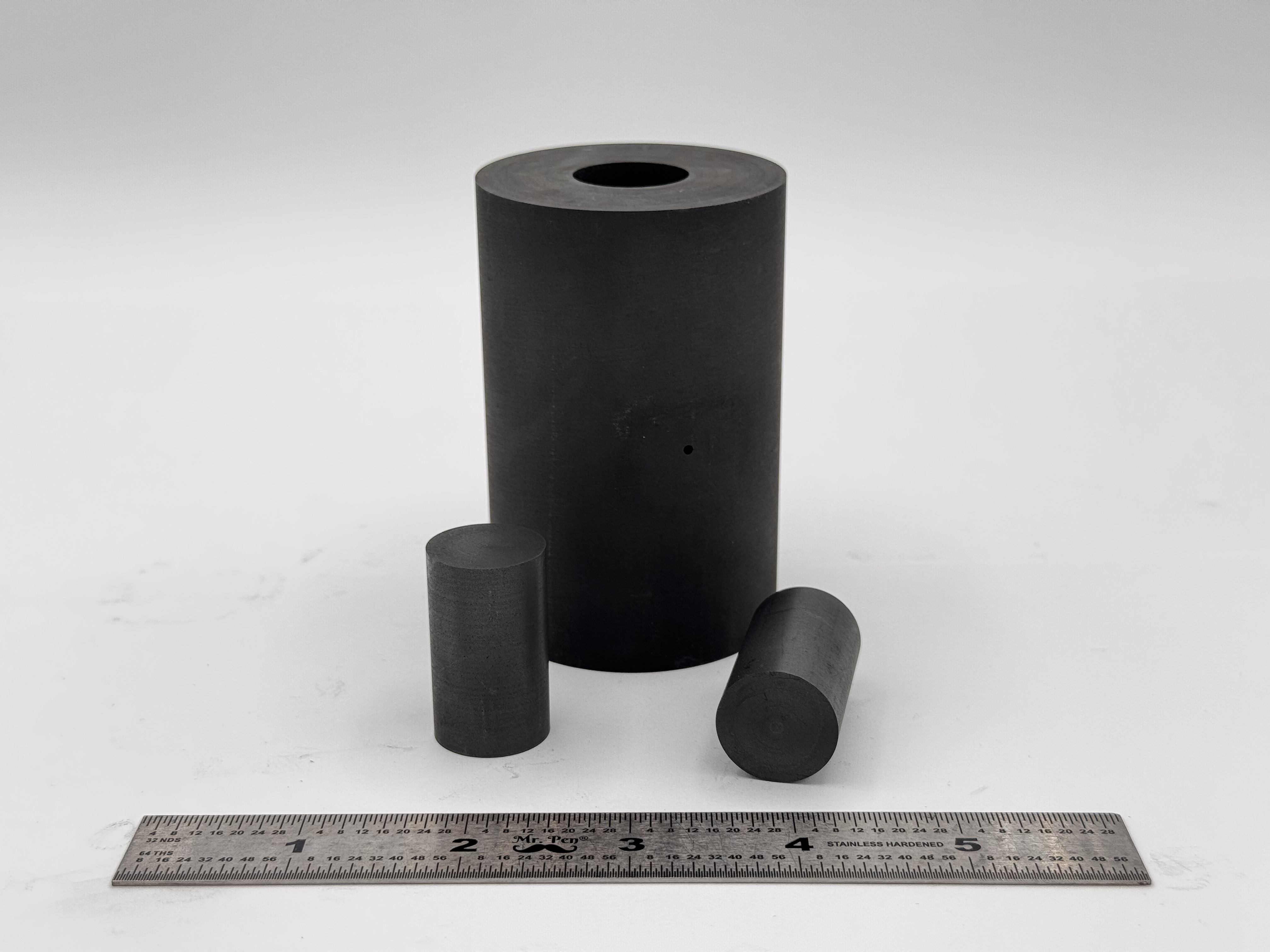 High Strength SPS Graphite Tooling
High Strength SPS Graphite Tooling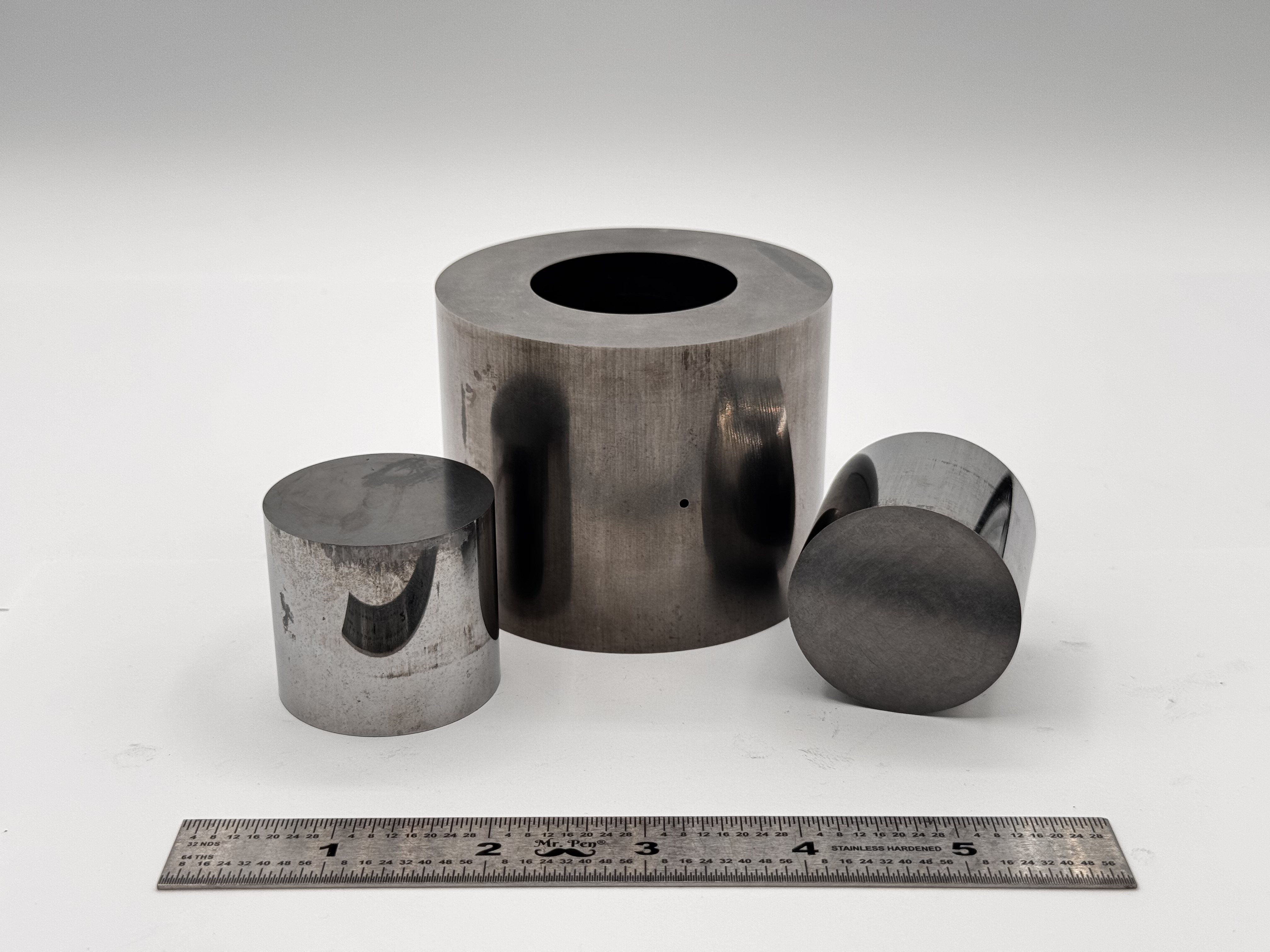 Tungsten Carbide Tooling
Tungsten Carbide Tooling Carbon Graphite Foil / Paper
Carbon Graphite Foil / Paper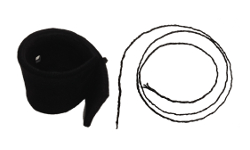 Carbon Felt and Yarn
Carbon Felt and Yarn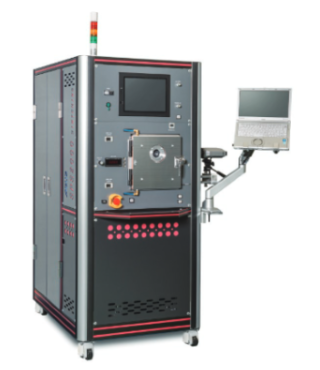 Spark Plasma Sintering Systems
Spark Plasma Sintering Systems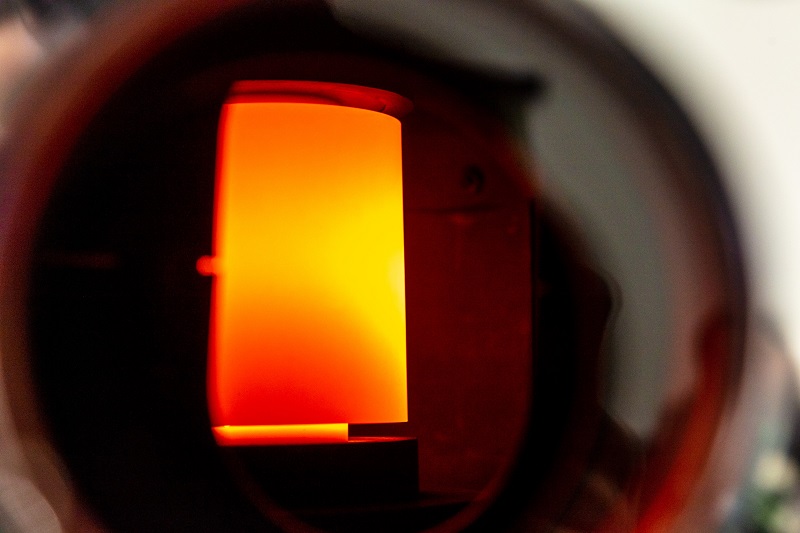 SPS/FAST Modeling Software
SPS/FAST Modeling Software